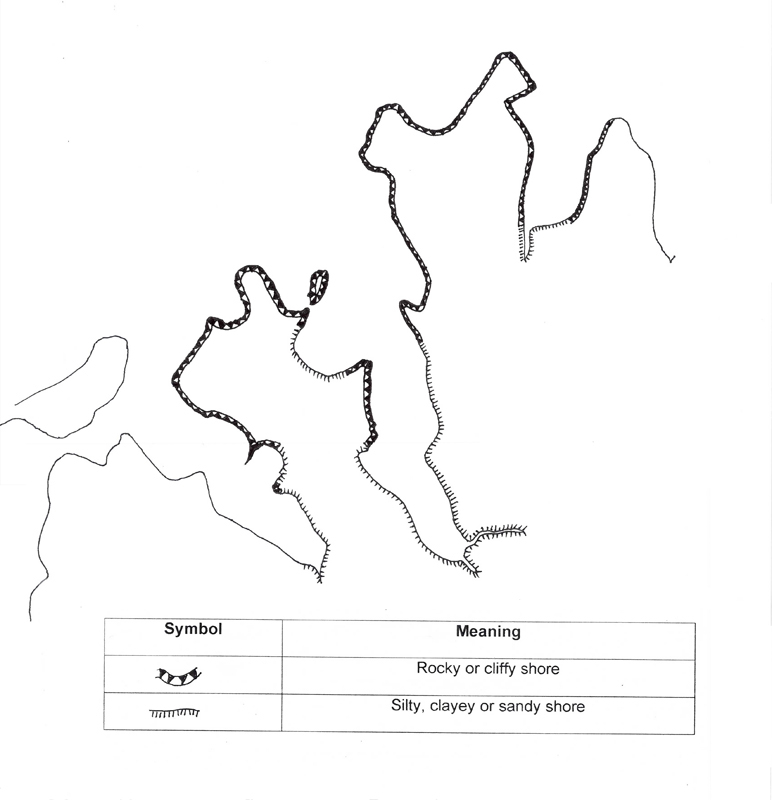Jacksons Landing
1788
Two centuries of tree-felling, quarrying, manufacturing and residential development make it difficult to imagine the peninsula when the First Fleet arrived. For one thing, the land was much higher, especially at its northwestern corner: today McCafferys Hill and the Knoll hint at the land form before stone was quarried.
Vegetation has been transformed, along with the animals and birds that lived here. Early colonists, expecting wilderness like Africa or the Americas, were surprised by an environment resembling the parks that were landscaped for English landowners. Hunter, in 1790, walked through pleasant country which, from the distance the trees grew from each other, and the gentle hills and dales, and rising slopes covered with grass, appeared like a vast park.
John Macarthur’s visitors made a similar point in 1806, when the land reminded them of Bad Pyrmont, a quiet German spa town.
These features were the result of Aboriginal fire-stick farming, which maintained grazing land for animals, and clumps of trees from which hunters speared them. Around Sydney Harbour, clans of the Eora nation were well nourished by a varied diet: mangroves supported ample shellfish (including cockles in Cockle Bay and Balmain bugs); there were fish to spear and eels to trap.
Surgeon John Harris responded to these cues by building an English country house and turning much of his Ultimo land grant into a deer park. He did, however, allow masons to quarry stone, which they sold as ballast or shipped out on barges. When sandstone became popular in the 1850s, large-scale quarrying began, and horse-drawn wagons hauled the stone to the city.
John Macarthur’s Pyrmont land grant, closer to the city, changed much sooner: trees were felled, the land subdivided, businesses established and houses built. By mid-century there were iron works and shipyards in Pyrmont. By 1875 working families filled a school, three churches and public baths. But the Eora clans, almost wiped out by smallpox in 1789, had disappeared from the peninsula.














